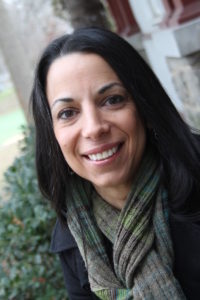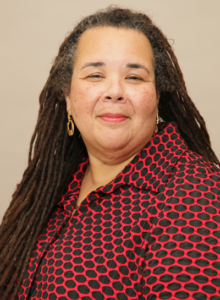theological education
Select an item by clicking its checkbox
Change is the constant in theological education, though it may not seem so from some vantage points. Most people in an organization desire a sense of permanence. Given the nature of the day-to-day routine, most people experience on the job, it's not difficult to appreciate they are lulled into a ...

Integrating Work in Theological Education
Date Reviewed: October 18, 2017
I wrote a very thoughtful essay about a week ago on teaching social justice as a theological value. It centered on a chance meeting my spouse and I had with the CEO and Executive Director of Habitat for Humanity of Westchester, Jim Killoran. In that piece, I wanted to make ...
In a low and pensive voice, the young woman student posed her question to the all-women course. Her question sent a gentle shockwave through the room. After some far ranging discussion, my response to her question was this – “Black women all over the world make passionate love all night long, ...
One of the most critical skills theological school deans need, arguably now more than ever before, is that of problem-solving. The challenges facing theological schools continue to become more technologically complex, socially entangled, costly, and multi-faceted. It is evident that most deans are not just dealing with programmatic, administrative, and ...


